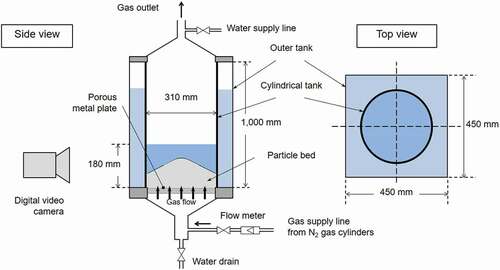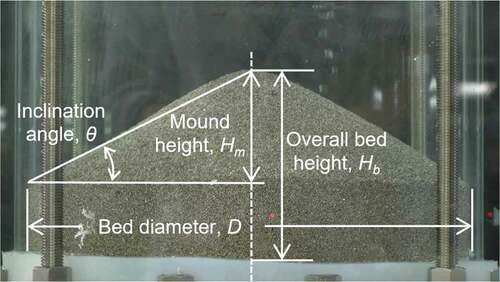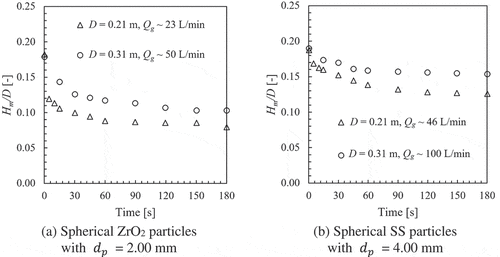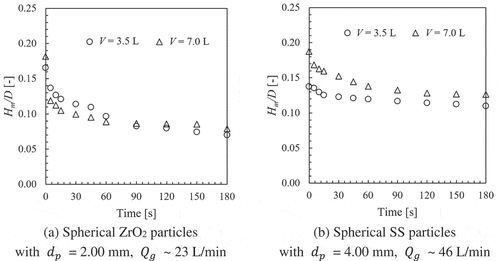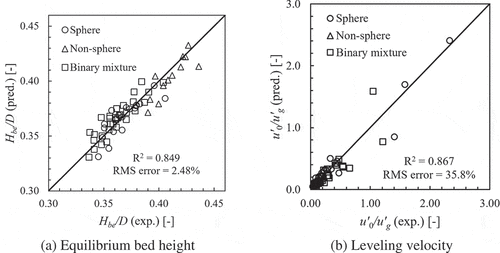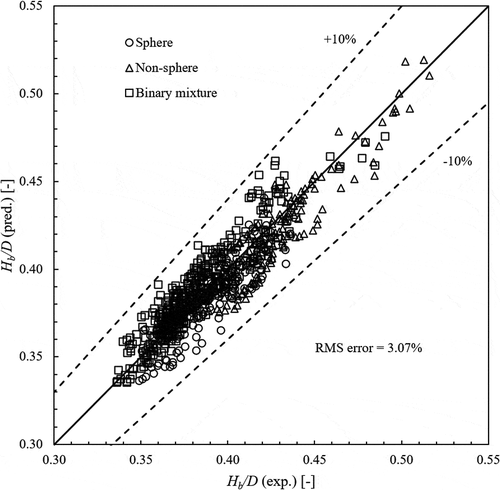Figures & data
Figure 4. Observed self-leveling behavior of binary-mixed particle bed (Al2O3 (25%) and SS (75%) particles, = 2 mm,
~ 50 L/min,
= 7.0 L,
= 0.31 m).
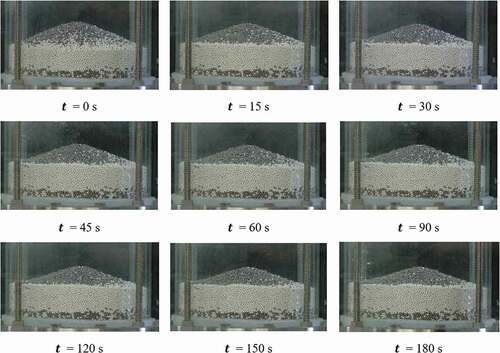
Table 1. Physical properties of particles
Figure 5. Comparison of bed mound variation between intermittent and continuous gas-injection methods ( ~ 46 L/min,
= 7.0 L,
= 0.21 m).
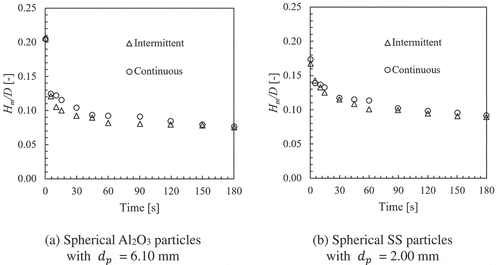
Figure 8. Effect of mixing ratio on mound height variation in various particle mixtures ( = 7.0 L,
= 0.31 m).
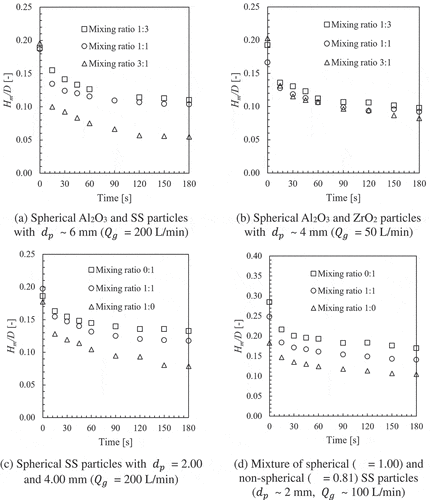
Table 2. Experimental cases used to determine model parameters
Figure 11. Effect of mixing ratio on transient mound height of various binary particle mixtures ( = 7.0 L,
= 0.31 m).
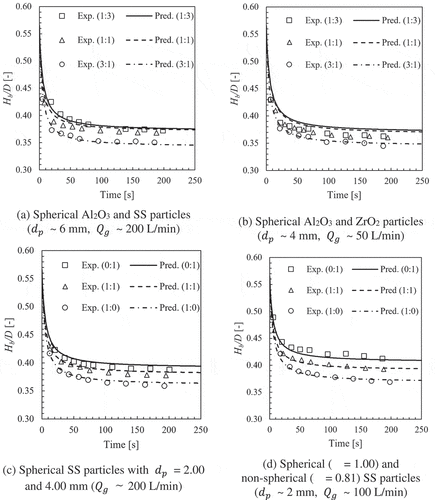
Figure 12. Self-leveling behavior of ternary mixture (spherical SS particles with = 2.00, 4.00, and 6.00 mm;
= 7.0 L;
= 0.31 m).
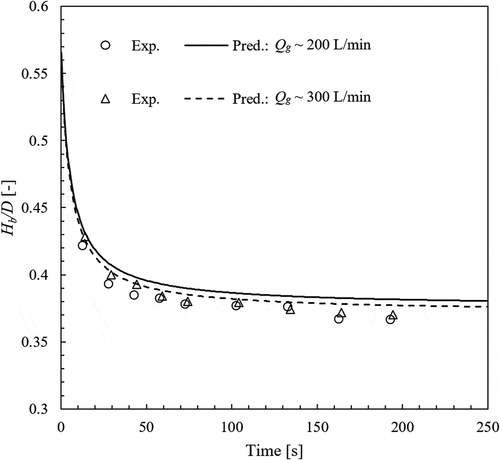
Table


